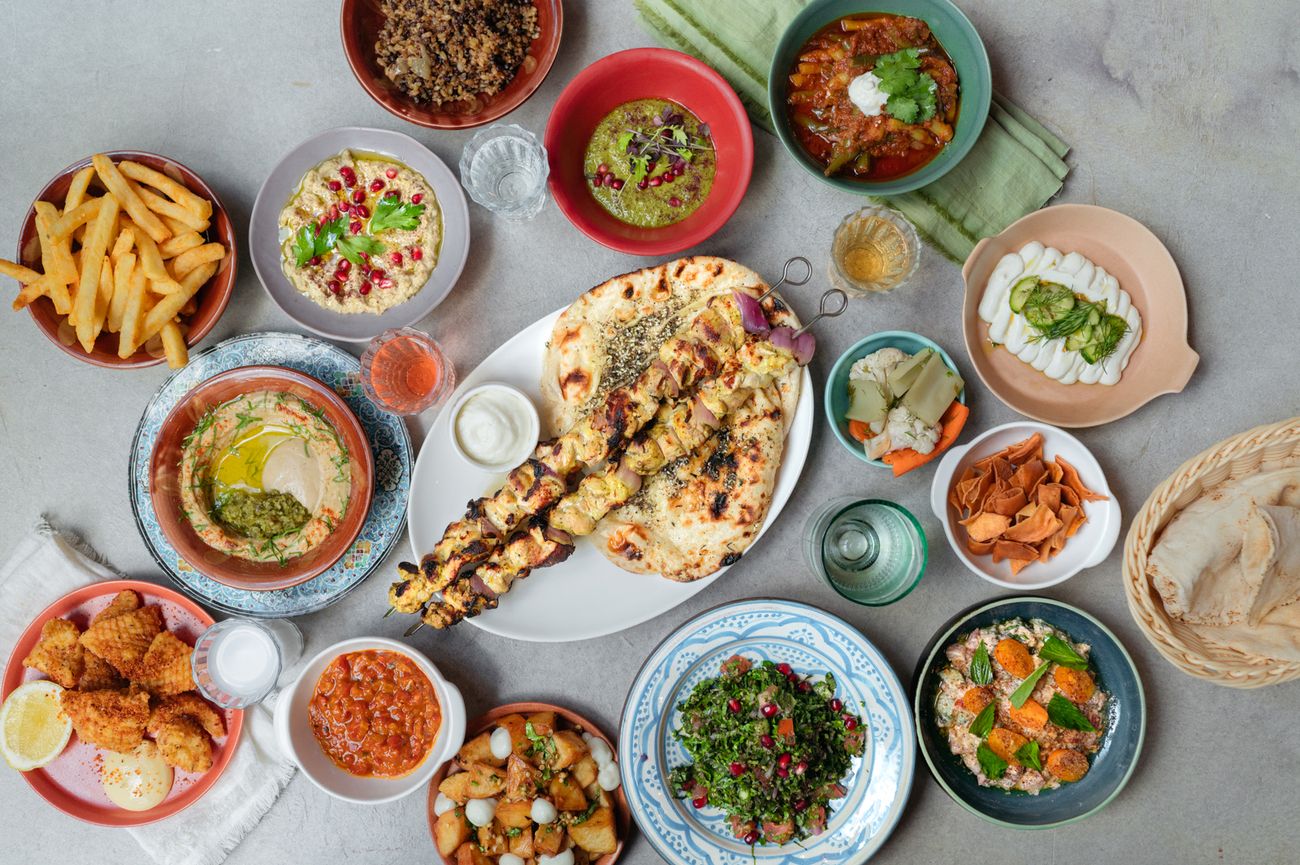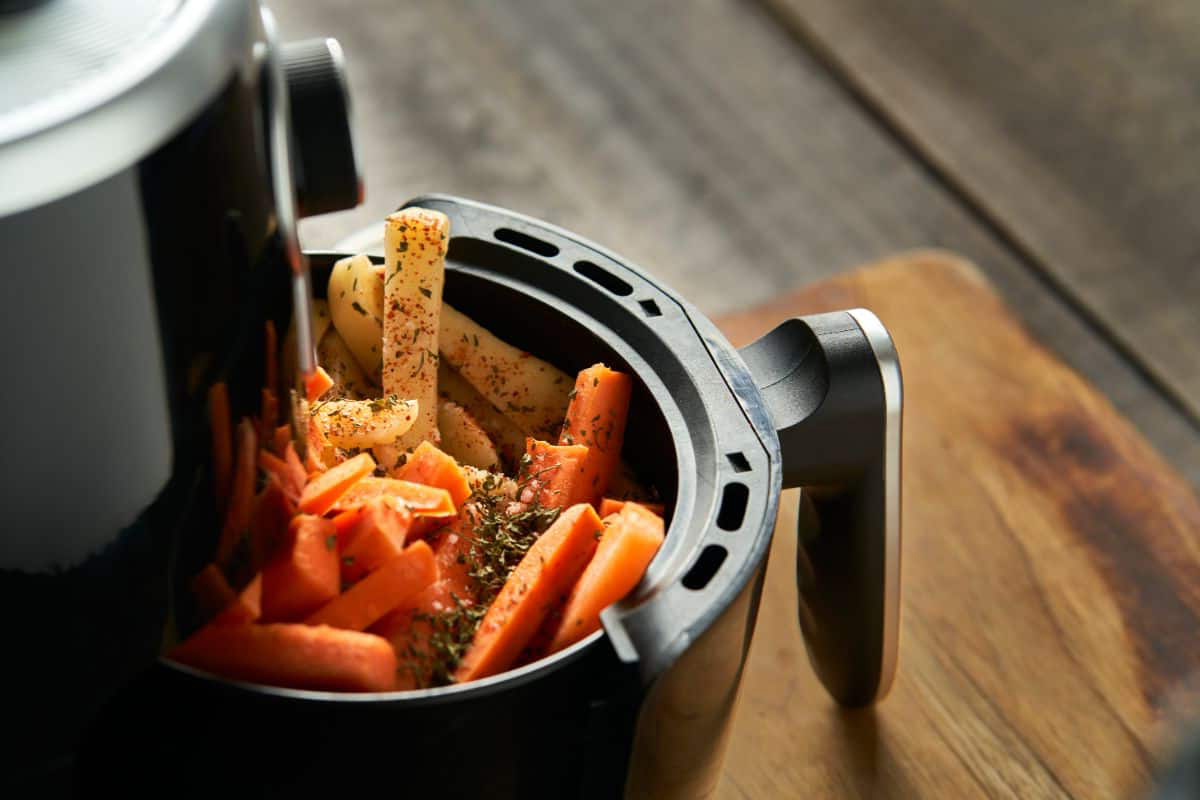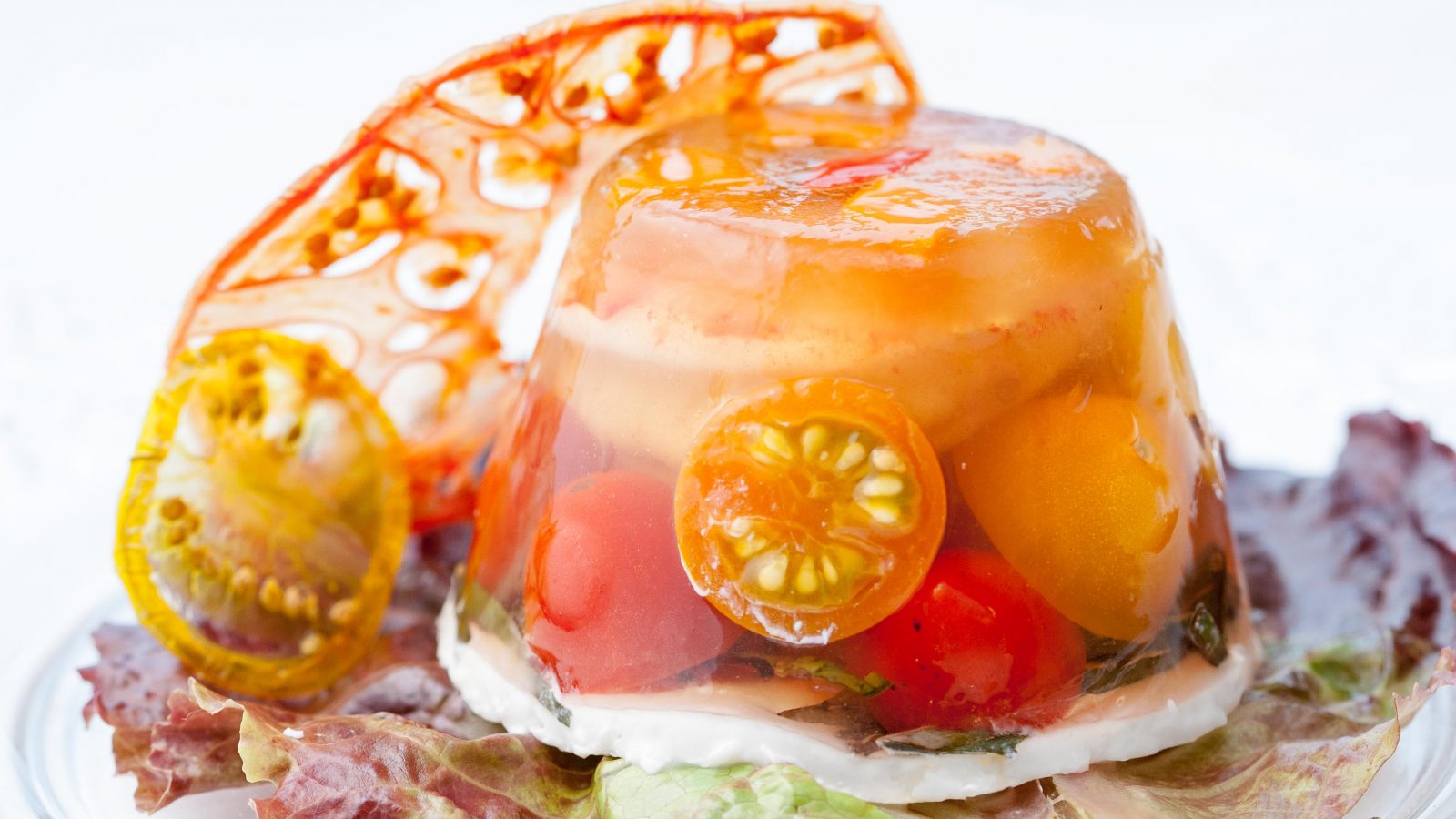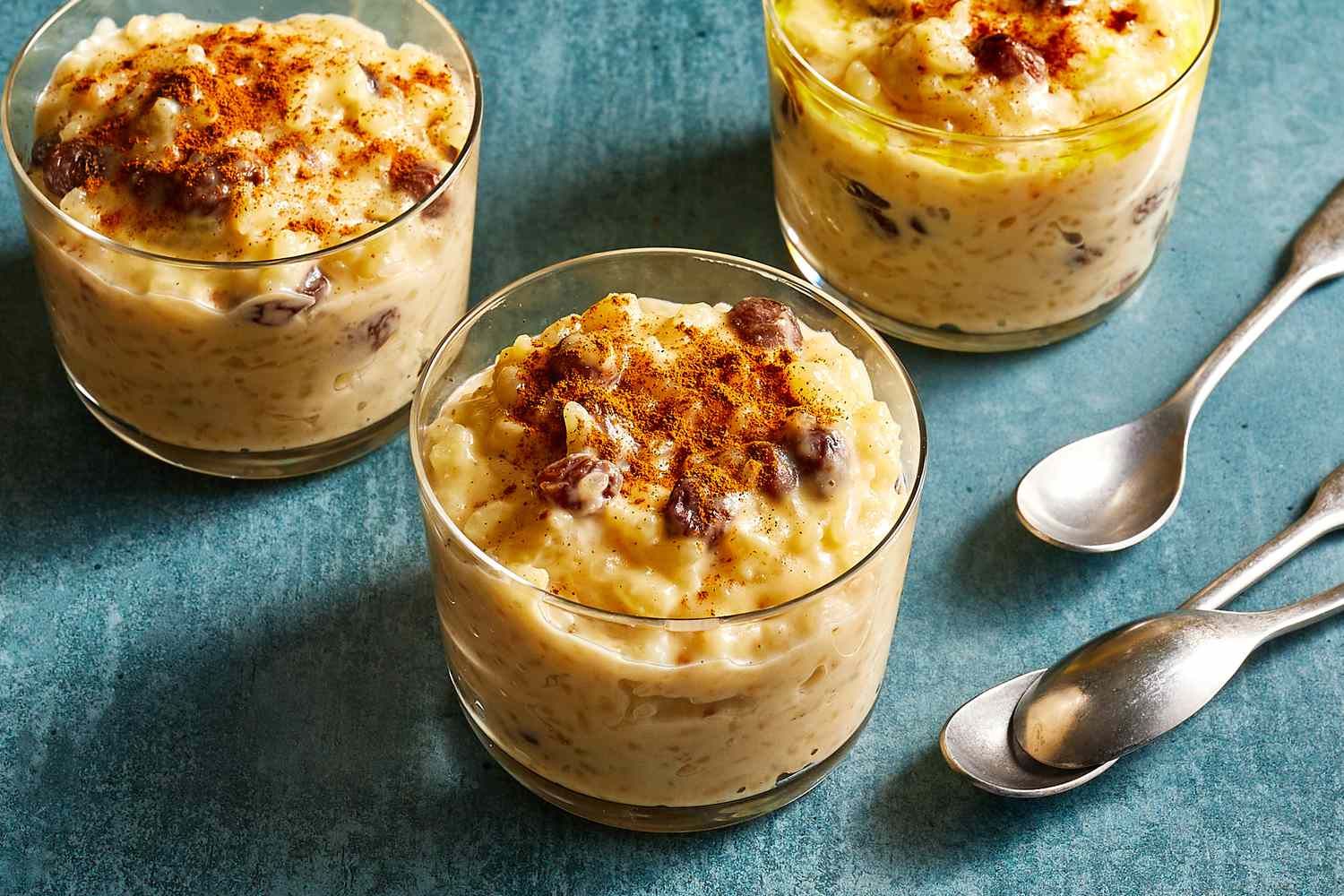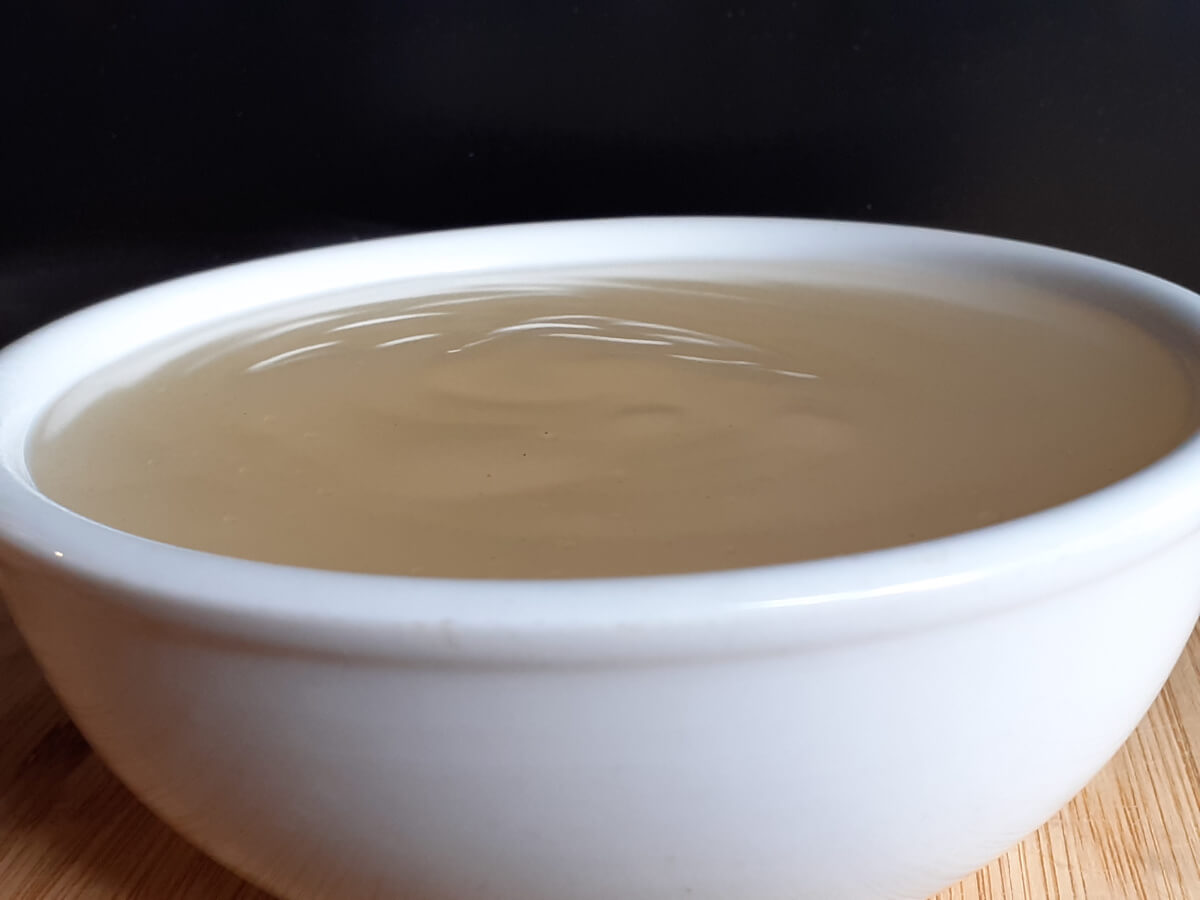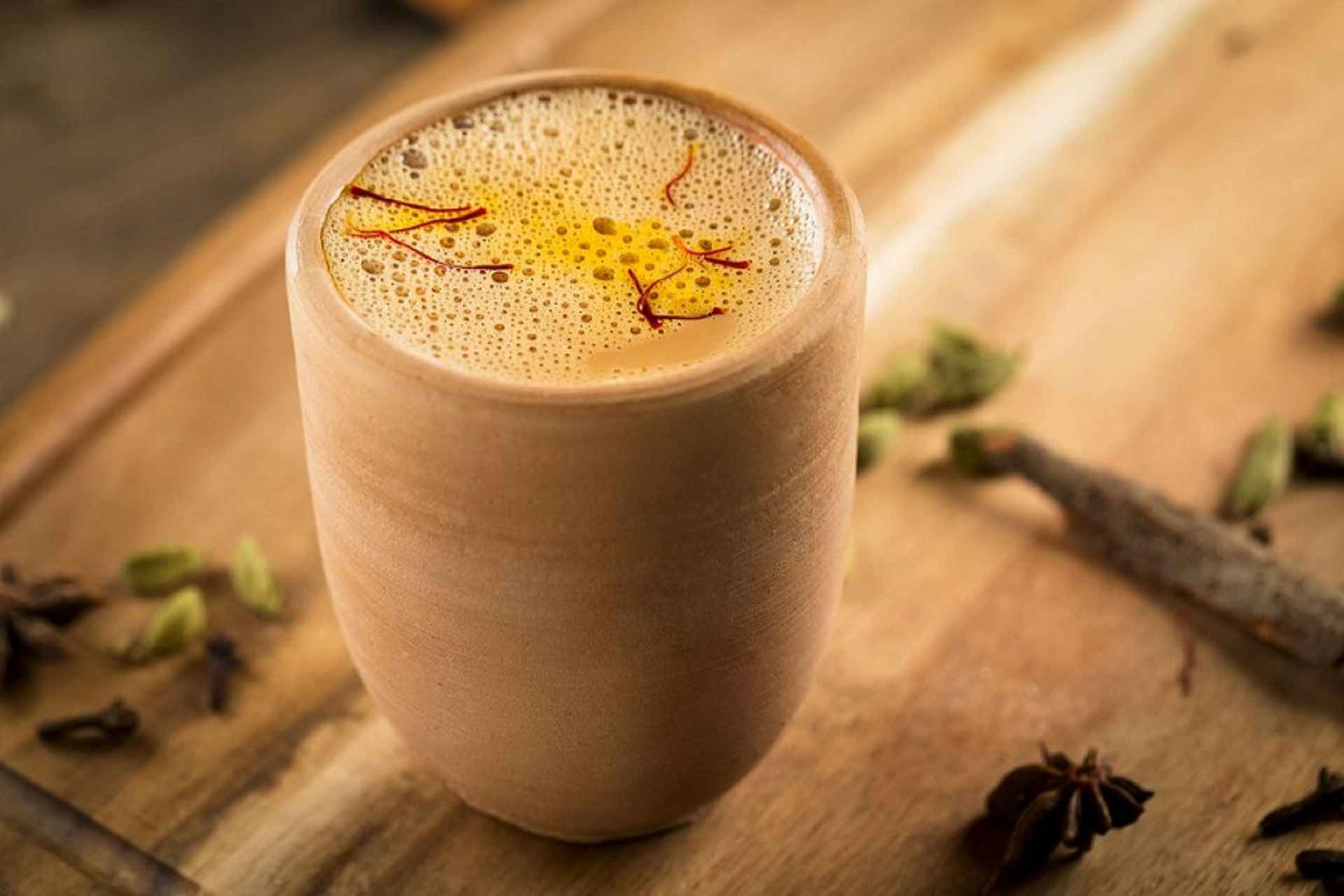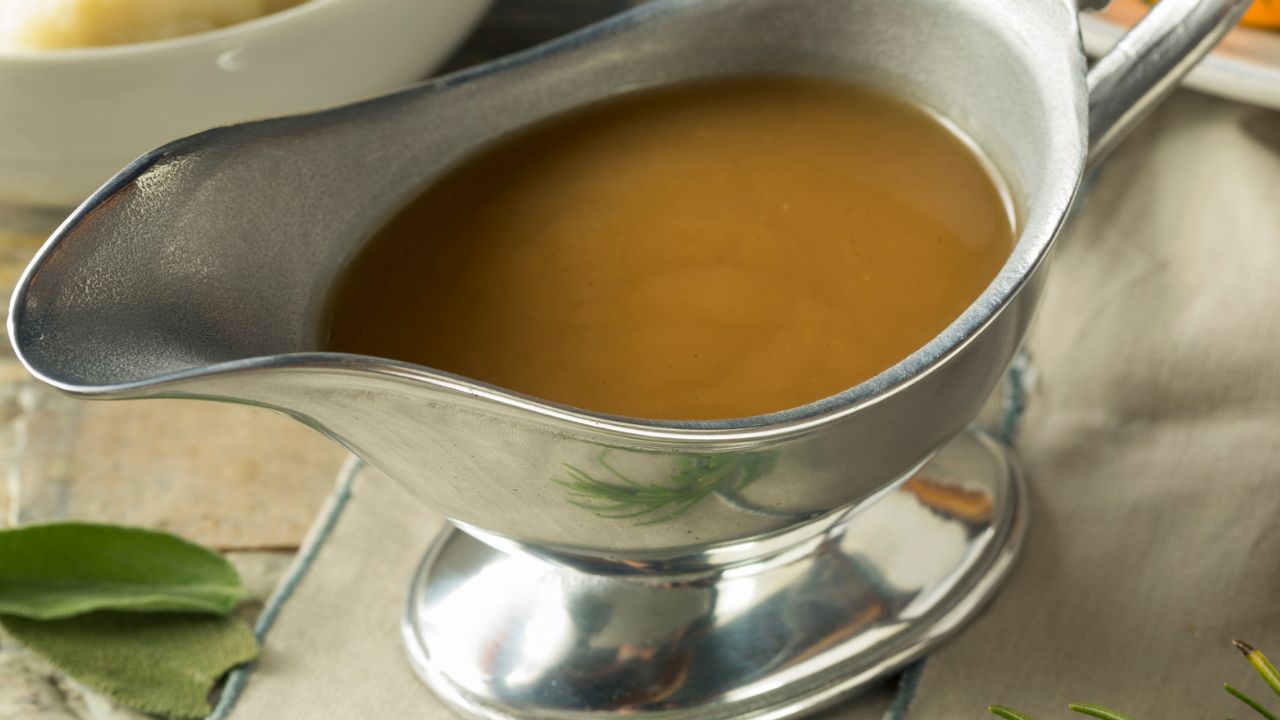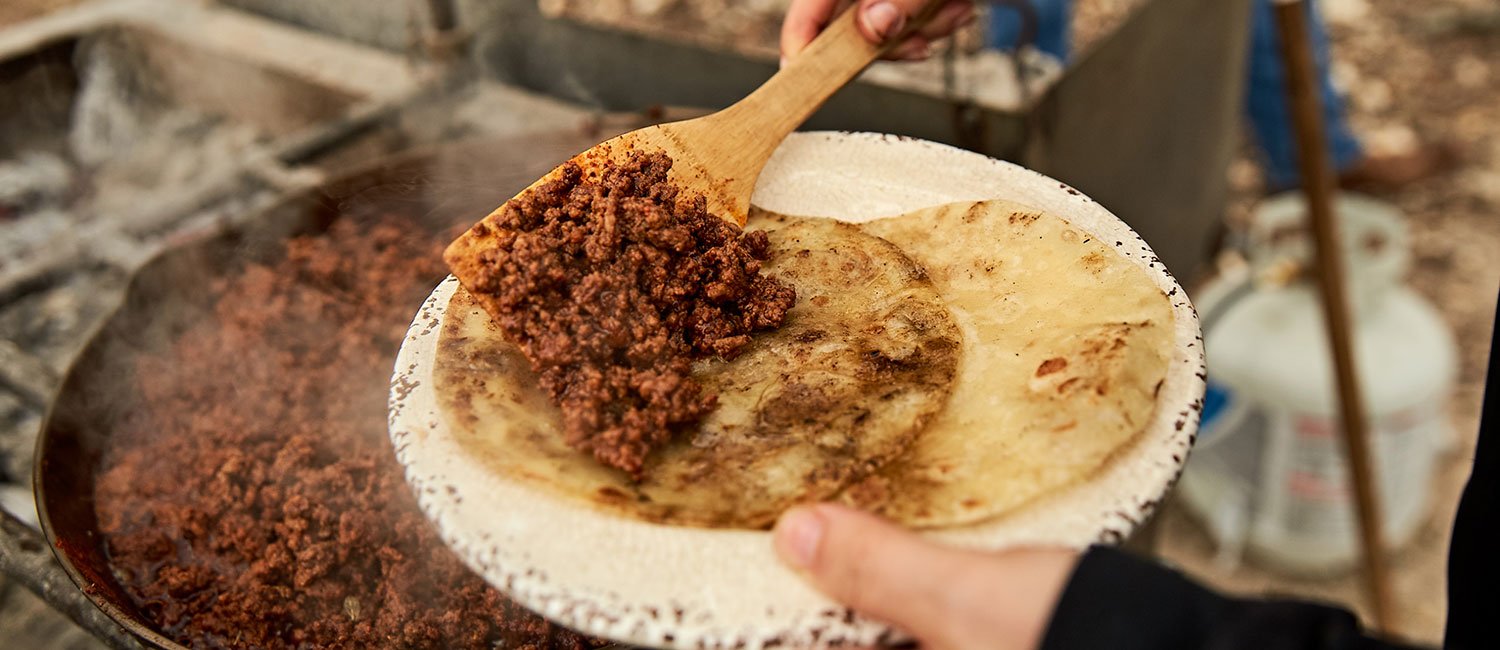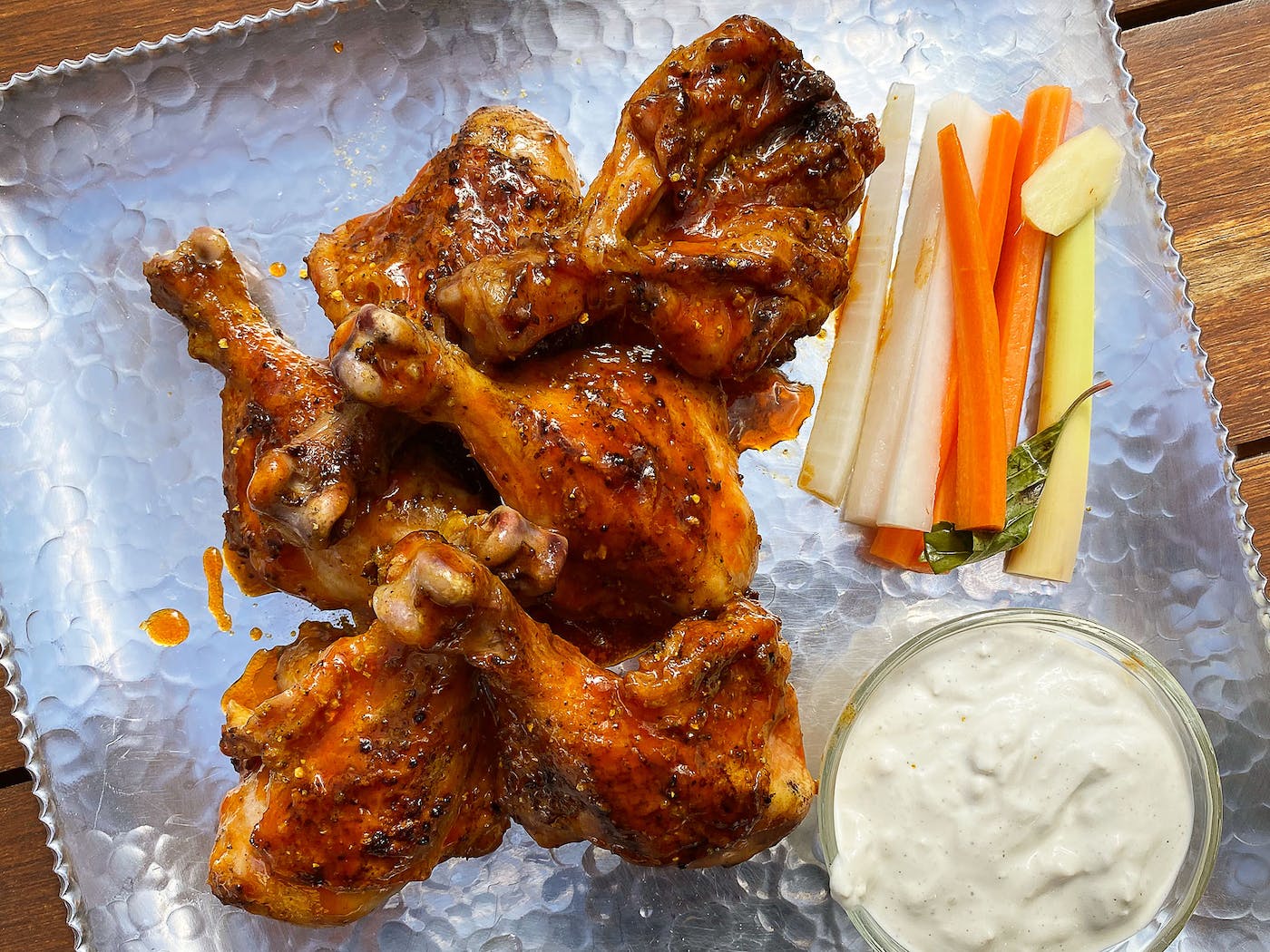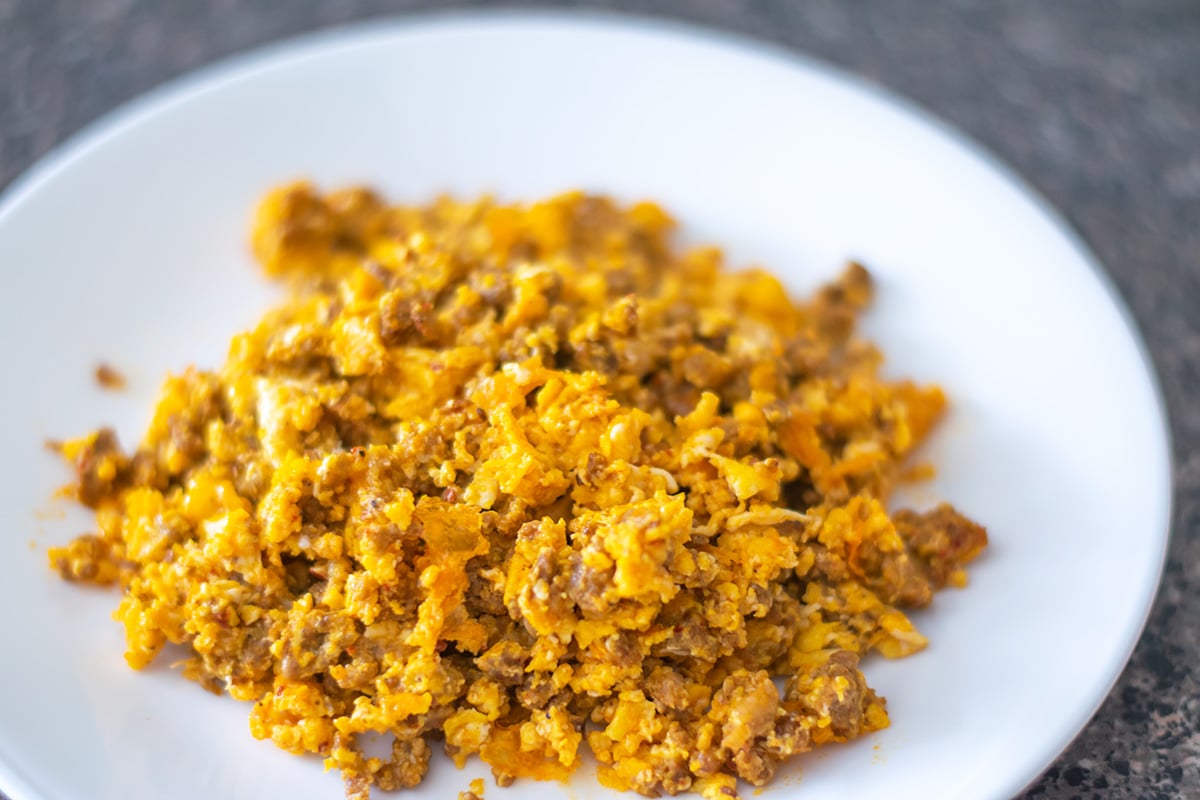Understanding Cornstarch: A Versatile Kitchen Ingredient
When it comes to cooking and baking, there are a plethora of ingredients that are essential for creating delicious dishes. One such ingredient that is commonly found in kitchens around the world is cornstarch. But what exactly is cornstarch and how is it used in cooking? Let’s delve into the world of this versatile kitchen staple and explore its many uses and benefits.
What Is Cornstarch?
Cornstarch is a fine, powdery substance that is derived from the endosperm of corn kernels. It is a pure starch that is commonly used as a thickening agent in a variety of recipes. The process of creating cornstarch involves soaking the corn kernels and then grinding them to extract the starch. The resulting powder is then used in cooking and baking to thicken sauces, soups, and desserts.
Uses in Cooking
Cornstarch is a versatile ingredient that has a wide range of uses in the kitchen. Some of the most common uses include:
- Thickening Agent: One of the primary uses of cornstarch is as a thickening agent in recipes. It is often used to thicken sauces, gravies, and soups, giving them a smooth and velvety texture.
- Baking: In baking, cornstarch is used to create light and airy textures in cakes, cookies, and other baked goods. It can also be used as a substitute for flour in gluten-free recipes.
- Frying: When used as a coating for fried foods, cornstarch creates a crispy and crunchy exterior, making it a popular choice for dishes like tempura and fried chicken.
- Desserts: Cornstarch is a key ingredient in many dessert recipes, such as puddings, custards, and fruit fillings. It helps to thicken and stabilize these sweet treats, giving them a luscious consistency.
Benefits of Using Cornstarch
There are several benefits to using cornstarch in cooking and baking:
- Gluten-Free: For individuals who follow a gluten-free diet, cornstarch is a great alternative to wheat-based thickeners like flour.
- Neutral Flavor: Cornstarch has a neutral flavor, which means it won’t overpower the taste of the other ingredients in a recipe.
- Smooth Texture: When used as a thickening agent, cornstarch creates a smooth and glossy texture, enhancing the overall mouthfeel of a dish.
- Versatility: From savory dishes to sweet treats, cornstarch can be used in a wide variety of recipes, making it a versatile pantry staple.
Storage and Shelf Life
When it comes to storing cornstarch, it’s important to keep it in a cool, dry place away from moisture and direct sunlight. Properly stored, cornstarch has a long shelf life and can last for several years. It’s best to check the expiration date on the packaging for guidance on its shelf life.
Conclusion
Cornstarch is a valuable ingredient that plays a crucial role in the world of cooking and baking. Its ability to thicken, stabilize, and enhance the texture of a wide range of dishes makes it a must-have in any kitchen. Whether you’re thickening a sauce, baking a cake, or creating a delicious dessert, cornstarch is a versatile and reliable ingredient that deserves a place in your pantry.
Next time you reach for that box of cornstarch, you’ll have a deeper understanding of its origins and its many uses in the culinary world.
Was this page helpful?
Read Next: What Is Bandera Sauce
